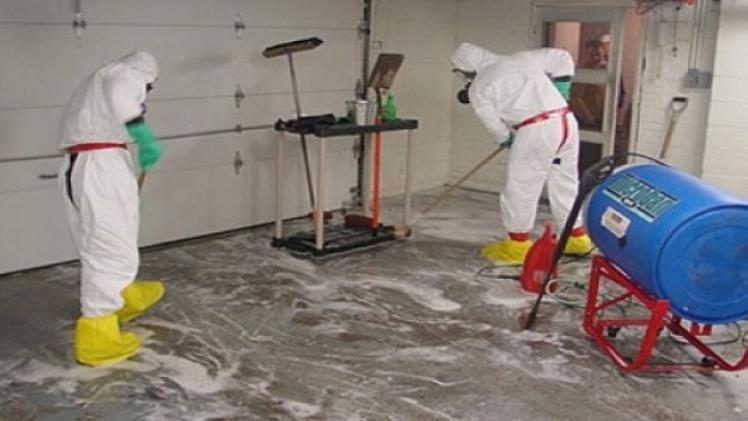When you think of sewage cleanup, you probably think of ugly things like muck and grime, not something that needs to be cleaned up. However, when it comes to sewage cleanup, the situation is quite dire. Numerous sites have been contaminated by sewage or sewage runoff, which needs a special cleanup plan. The process of cleaning up after sewage can be messy and difficult. If not handled properly, it can lead to further contamination of the area and public health risks.
Establish the Scope of Your Sewage Cleanup
Before you can even begin to plan your sewage cleanup, you’ll want to establish the scope of the situation. To do that, you’ll need to consider a few things: what caused the sewage contamination in the first place? Where is the sewage coming from? How much sewage is present? How much time do you have to clean it up? By considering these factors, you’ll be able to outline the best course of action for your cleanup and know what equipment you’ll need to use.
Hiring a Professional Service Provider
If the scope of your sewage cleanup is more than you and your team can handle, you may want to consider hiring a professional service provider. Full-service residential restoration removes the contamination, cleans the site, and restores it to its original condition. The best way to accomplish this is through a team approach. Good cleaning requires working with a restoration business that has the tools and expertise to conduct a sewage cleanup. Restoration companies have all the necessary tools and equipment, and a team of specialists who can seamlessly tackle all aspects of the cleanup.
There are many benefits to hiring a professional to help you with your cleanup:
- Access to specialized equipment: Professionals can access tools and equipment that the average homeowner doesn’t. This means they can handle your cleanup tasks more efficiently and with better results.
- Licensing and certification: Professional providers must carry certifications and licenses that prove they can handle your cleanup tasks. This means you can be sure they are fully capable of doing the job correctly and efficiently.
- Specialized training: Most professionals have extensive sewage cleanup and remediation training. This means they can easily handle even the most difficult cleanup tasks and have minimal risk of damage to the surrounding property.
Determining What Caused the Sewage Contamination
Before you can determine how to clean up the sewage contamination, you’ll need to know what caused it. There are many ways that sewage can enter your property, such as:
- Aging infrastructure: One of the most common causes of sewage contamination is aging pipes. As pipes age, they can break, leak, or crack, contaminating sewage.
- Natural disasters: Severe weather events, such as hurricanes and floods, can cause sewage contamination. This is often due to broken pipes or infrastructure that can’t withstand the severity of the weather.
- Accidents: Some accidents can lead to sewage contamination, such as broken pipes or sewage backups. If you’re unsure what caused your sewage problem, you may want to hire a professional to come out and assess the situation. With the use of specialist tools and knowledge, they will be able to identify the contamination’s source and make recommendations for a fix.
Use the Right Equipment for Your Sewage Cleanup
Choosing the wrong gear can lead to further contamination, poor cleanup results, and unneeded expenses. When selecting the best equipment for your cleanup, you’ll want to consider the following things:
- Type of contamination: The type of contamination present at your cleanup site will affect what equipment you use. For example, if the contamination is caused by sewage, you’ll need to use different gear than if the contamination is caused by oil.
- Source of contamination: The source of contamination will also impact what type of equipment you use. For example, if the contamination is caused by raw sewage, you’ll want to use different gear than if the source is a dry spill.
- Size of the contamination: The size of the contamination will also impact what type of gear you use. For example, if the contamination is large and widespread, a small and portable pump may not be able to handle it.
Conclusion
Sewage cleanup is a messy and complicated process. You must take numerous steps before declaring the area safe and habitable again. We’ve outlined these steps in this article to help you better understand the process. Before you start the cleanup process, ensure you know the job’s scope. It would help if you also determined what caused the sewage contamination. Once you know the cause of the problem, you can address it properly and efficiently.

